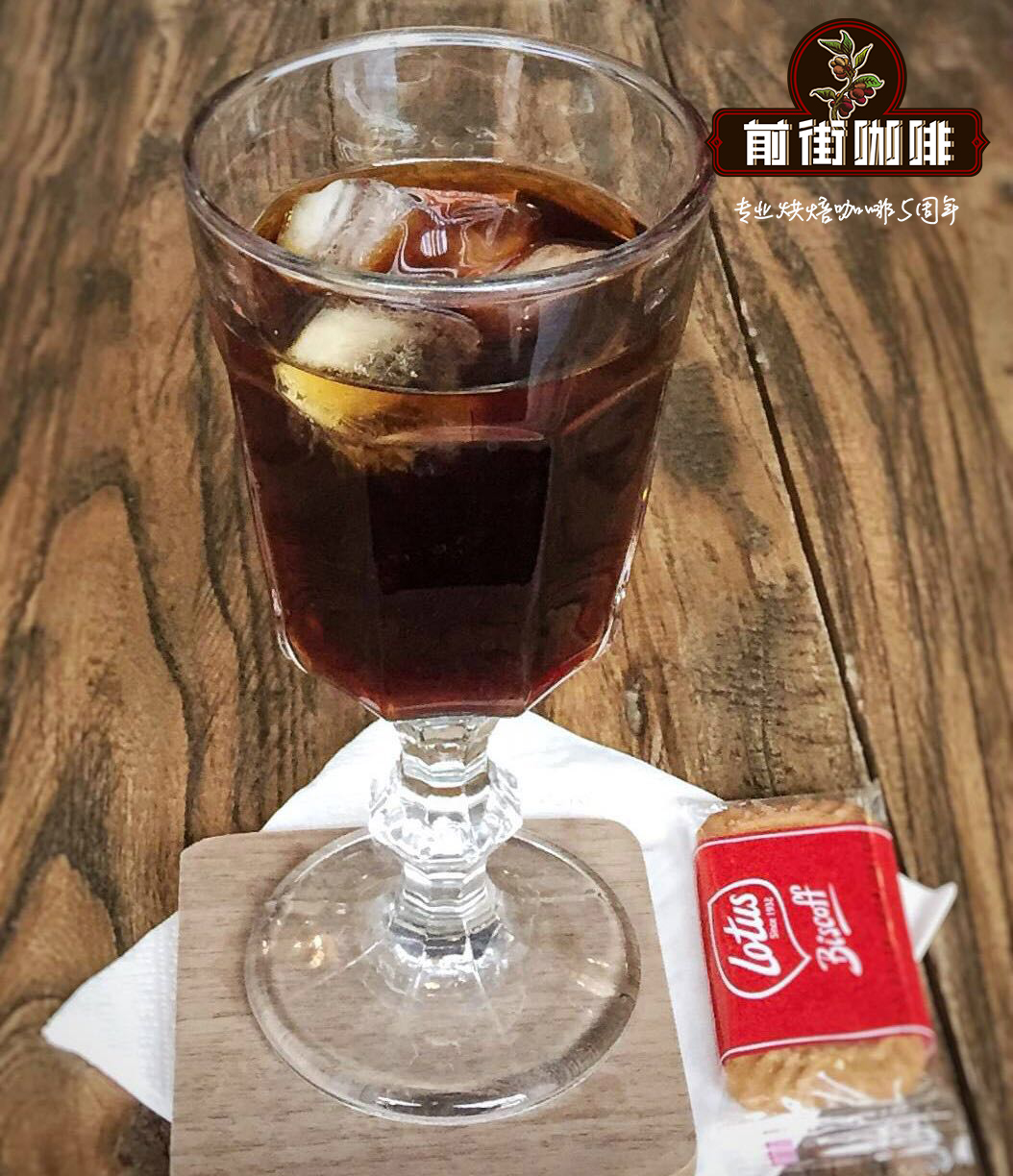Colombian Coffee Story Colombian Coffee with Colombian Coffee beans here

Professional coffee knowledge exchange More coffee bean information Please pay attention to coffee workshop (Weixin Official Accounts cafe_style)
Colombia's most famous crop, besides drugs, should be coffee beans. The country's coffee production is Brazil, the world's third/fourth largest producer, followed by Vietnam (a bit unexpected, but Vietnam mainly produces Robusta, the quality and price are far less than the most important Arabica coffee beans, so the chances of drinking Vietnamese coffee are actually not high). The production of Colombia and Indonesia is very close, and the ranking depends on whether the two countries harvest or lose.
Coffee beans are produced in many parts of Colombia, but the central "coffee belt" is the most famous, and it is the second most visited tourist spot in the country after Cartagena. In addition to coffee beans, there are more than a century of local coffee farm culture, which has been listed as a United Nations World Heritage Site.
The so-called "coffee belt" is located about seven hours west of Bogotá and seven hours south of Medellin, and includes three provinces, Caldas, Risaralda and Quindio, with Manizales, Pereira and Armenida as their capitals. Locals used to call this place "Eje Cafetero," but when the government promoted tourism a few years ago, it happened to be when the US war on terrorism was in full swing."Axis" became Axis in English, reminiscent of the "axis of evil" that the US government talked about every day at that time. Therefore, English propaganda materials changed to "Coffee Golden Triangle"-however, in Chinese,"Golden Triangle" reminds people of drugs that the Colombia government does not want the outside world to think of!
There are about 24,000 coffee farms in this area, mainly small farms, but there are also large plantations, many of which are for tourists to visit and even provide hotel accommodation. Coffee trees are everywhere here, even by car, you can see the scenery of coffee trees everywhere on the highway.
I went to one of the larger and smaller coffee plantations. The former is Hacienda Venecia, near Manizales. They have about 70 to 80 full-time employees on weekdays, and up to 500 people work on the estate during the coffee harvest season. Plantation House, a smaller coffee plantation in Salento, a town near Armenia, was bought by an Englishman a few years ago.
The two coffee garden tour groups introduced the process of coffee tree cultivation, such as how long it takes to harvest coffee beans, or how a coffee tree will be abandoned after about 20 years and can no longer produce marketable coffee beans. They also talked about how to remove the red skin from the coffee beans after the coffee trees have borne fruits, and then gradually dry the coffee beans with a layer of gel-like and white coffee beans into dark brown coffee beans that we usually see.
The most interesting part of these tours is how to taste coffee-not a cup of brewed coffee, but coffee beans. At Hacienda Venecia, the docent first asked us to sniff two sets of dried coffee beans, one of better quality that would be sold to the market and the other of poorer quality that would not be sold to the market. Then he grinds the beans into powder with a machine, adds hot water to make coffee, and removes the top layer of foam. We sniffed at each step to see if we could smell the difference before formally sipping two cups of coffee. Final evaluation: the bitter cup is made from poor quality coffee beans.
Time permitting, accommodation can be chosen from coffee farms, such as Hacienda Venecia-although I did not stay there (!):
However, be mentally prepared, these farms are far from the city center, about an hour's drive, and there is no public transportation connection. Once you enter the accommodation, you can only look at the hillside of coffee trees all over the mountain, and it is not excluded that there is no Internet connection. It is best to bring a book to write or write a diary.
The cultural landscape of the coffee belt is slightly different from the impression that South American towns are colorful houses. Many Latin American cities were founded in the 16th century (Columbus "discovered the New World" in 1492), and the coffee belt developed later, as late as the mid-18th century, when people began to move in from the northern province of Antioquia. The most distinctive architectural feature of the area is that the houses are built using bamboo techniques used by indigenous residents, mainly because of the abundance of bamboo in the area.
Of course, there are also colorful towns, such as Salento. The town center is less than an hour's walk around, but the houses in the town are painted in colorful colors, piecing together beautiful street views (I took poor photos, you can Google "Salento").
Important Notice :
前街咖啡 FrontStreet Coffee has moved to new addredd:
FrontStreet Coffee Address: 315,Donghua East Road,GuangZhou
Tel:020 38364473
- Prev

Who is suitable for Columbia Coffee? introduction to the History of Starbucks via Columbia Coffee Story
For more information on coffee beans, please follow the Coffee Workshop (official Wechat account cafe_style) Colombia is the second largest producer of coffee and the largest exporter of Arabica beans. This coffee is full-bodied and sweet with caramel. The taste is gentle and the lingering finish is like a gentleman in coffee. Moderate rules are the best choice for light coffee.
- Next

Colombia, the world's largest producer of washed coffee beans, where most people drink almost exclusively three-in-one coffee?
Professional coffee knowledge exchange More coffee bean information Please pay attention to coffee workshop (Weixin Official Accounts cafe_style) Like coffee or coffee industry people must be familiar with Colombia coffee. however, when you talk to Colombia about coffee on that spot, the most common response you get is: yes, Colombia is obviously a coffee-producing country, but most people drink almost all three-in-one coffee
Related
- Detailed explanation of Jadeite planting Land in Panamanian Jadeite Manor introduction to the grading system of Jadeite competitive bidding, Red bid, Green bid and Rose Summer
- Story of Coffee planting in Brenka region of Costa Rica Stonehenge Manor anaerobic heavy honey treatment of flavor mouth
- What's on the barrel of Blue Mountain Coffee beans?
- Can American coffee also pull flowers? How to use hot American style to pull out a good-looking pattern?
- Can you make a cold extract with coffee beans? What is the right proportion for cold-extracted coffee formula?
- Indonesian PWN Gold Mandrine Coffee Origin Features Flavor How to Chong? Mandolin coffee is American.
- A brief introduction to the flavor characteristics of Brazilian yellow bourbon coffee beans
- What is the effect of different water quality on the flavor of cold-extracted coffee? What kind of water is best for brewing coffee?
- Why do you think of Rose Summer whenever you mention Panamanian coffee?
- Introduction to the characteristics of authentic blue mountain coffee bean producing areas? What is the CIB Coffee Authority in Jamaica?

